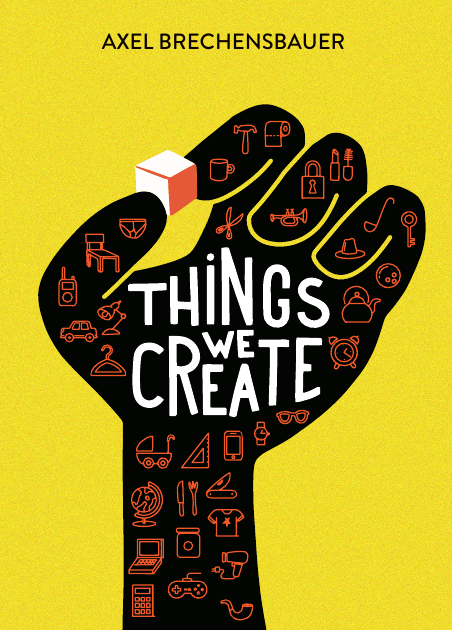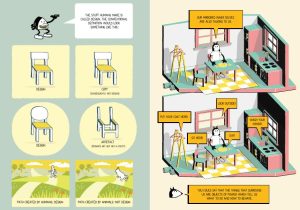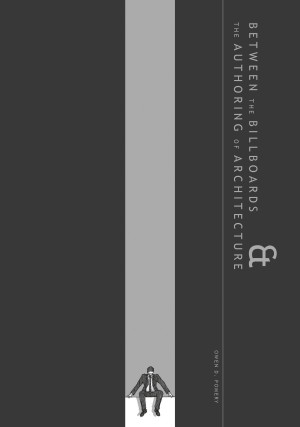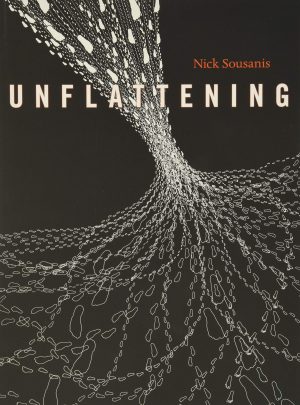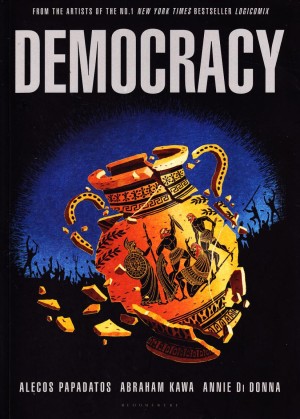Review by Frank Plowright
Things We Create is an enjoyable fresh experience as a graphic novel, fascinating for raising questions most readers have probably never considered, and if so, not beyond the obvious function. A house is created for shelter, then comfort, any form of transport moves people from A to B, and a knife is created to cut. Yet function and design can be harmonious, but it isn’t always the case as aesthetics also factor in. As his day job is as a concept designer, Axel Brechensbauer has given these and associated topics considerable thought, and his musings combine art, history, language, philosophy, psychology and semiotics.
It’s an amalgamation requiring thought, but Brechensbauer makes this as painless as possible. Using a cartoon cat avatar he explains via simple, yet attractive illustrations, and brief textual comments that a smart child could follow. It means the explanations are broad, and so in some ways a primer, although contextualised by Brechensbauer’s unique perspective, and there’s no lack of signposts toward topics for greater exploration. For instance, what would be the most basic object of value? Brechensbauer’s suggestion is a container more so than a knife as it enabled early humans to transport water, the most basic of human necessities. As needs have become more complex, though, modern forms performing the same function such as the plastic bottle have become damaging to humanity.
Just as humanity shapes objects, Brechensbauer is shaping thought, explaining why we desire the physical and offering suggestions for why ornamentation might not be a way of mimicking nature, but distancing it. Agree or disagree he opens so many paths of consideration, and along the way touches on sidelines in passing. We eat pigs and feed dogs, so is our designation of pigs as generally ugly, and dogs as generally attractive generated by aesthetics or conscience? Why do we humanise objects? How powerful is symbolism?
What could be considered a very dry topic of minimal general interest is invested with wit and clarity, and a fair amount of humour. Toward the end Brechensbauer ponders the creation of war, noting how what was once directly personal with personal consequences has evolved into an increasingly distanced process involving objects. He suggests some more irrational creations to be added to the world’s arsenals.
Before reaching the final chapter, contemplate what the ultimate object might be. There’s so much here so clearly presented that reading from cover to cover is inadvisable. More doors will open, and more creation will evolve from slow consideration.
